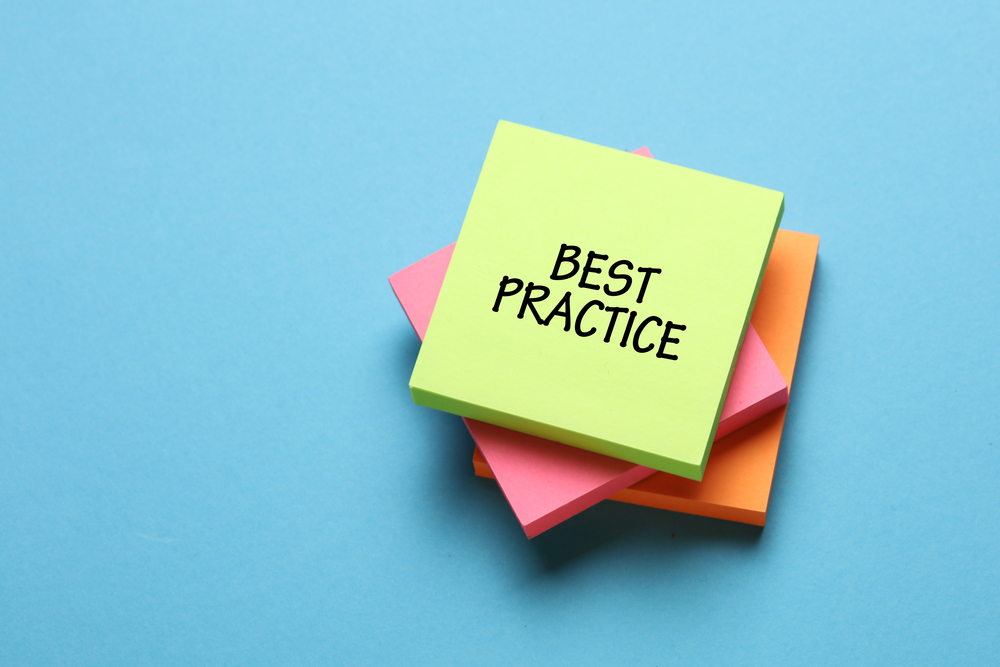 Within the dynamic landscape of commerce, procurement assumes a pivotal role, serving as the catalyst which propels supply chain efficacy and economical operations. MJ Bronkhorst, Managing Director of Oxalys South Africa, outlines how procurement encapsulates the methodologies of sourcing, acquisition, and administration of indispensable goods and services crucial for organisational functionalities. Nonetheless, embedded within this ostensibly uncomplicated structure, resides a network of complexities and obstacles. To adeptly traverse this intricate construct, he explains to SmartProcurement how organisations must adopt and comprehend procurement paradigms of excellence.
Within the dynamic landscape of commerce, procurement assumes a pivotal role, serving as the catalyst which propels supply chain efficacy and economical operations. MJ Bronkhorst, Managing Director of Oxalys South Africa, outlines how procurement encapsulates the methodologies of sourcing, acquisition, and administration of indispensable goods and services crucial for organisational functionalities. Nonetheless, embedded within this ostensibly uncomplicated structure, resides a network of complexities and obstacles. To adeptly traverse this intricate construct, he explains to SmartProcurement how organisations must adopt and comprehend procurement paradigms of excellence.
Understanding Procurement Best Practices
Procurement best practices are strategies, methodologies and approaches that have proven to be effective in optimising the procurement process. They are not one-size-fits-all solutions but rather tailored frameworks that align with an organisation’s objectives, industry nuances and market dynamics. These practices encapsulate a spectrum of activities, from supplier selection and contract negotiation to inventory management and risk mitigation.
Key Components of Procurement Best Practices
Strategic Planning: A robust procurement strategy is fundamental to success. It involves aligning procurement goals with overall business objectives, conducting thorough market research and developing contingency plans to adapt to evolving market conditions.
Supplier Relationship Management (SRM): Building and nurturing strong relationships with suppliers is paramount. Effective SRM entails transparent communication, mutual trust and collaboration to drive innovation, cost savings and risk mitigation.
Optimised Sourcing: Leveraging multiple sourcing channels, such as direct procurement, strategic partnerships and e-procurement platforms, enables organisations to secure the best value propositions while diversifying their supplier base and mitigating supply chain risks.
Contract Management: Comprehensive contract management ensures compliance, minimises legal risk, and maximises value realisation. This involves meticulous contract drafting, negotiation and ongoing performance monitoring to uphold mutually beneficial relationships.
Performance Measurement: Implementing Key Performance Indicators (KPIs) and performance benchmarks allows organisations to assess procurement efficiency, supplier performance and cost savings. Continuous evaluation facilitates data-driven decision-making and process optimisation.
Technology Integration: Embracing digital procurement solutions, such as e-procurement software, analytics tools and automation platforms, streamlines processes, enhances visibility and enables predictive insights, thereby driving operational excellence and agility.
Risk Management: Proactive risk identification and mitigation strategies are critical to safeguarding against disruptions, such as supply chain interruptions, geopolitical uncertainties, and regulatory changes. Robust risk management frameworks encompass contingency planning, scenario analysis and supplier diversification.
Challenges and Opportunities
While procurement best practices offer a roadmap to success, they are not without challenges. From supply chain vulnerabilities and geopolitical instabilities, to technological disruptions and regulatory complexities, organisations must navigate a myriad of obstacles. Moreover, the evolving landscape of global trade, sustainability imperatives and digital transformation necessitates continuous adaptation and innovation.
However, amidst these challenges lie opportunities for organisations to differentiate themselves and drive competitive advantage. By embracing agile procurement strategies, harnessing advanced analytics and AI-driven insights, and prioritising sustainability and ethical sourcing, organisations can future-proof their procurement operations and unlock new avenues for growth.
Conclusion
In an era characterised by volatility, uncertainty, complexity and ambiguity (VUCA), procurement best practices serve as beacons of stability and resilience. By embracing strategic planning, fostering robust supplier relationships, leveraging technology and prioritising risk management, organisations can navigate the procurement landscape with confidence and unlock sustainable value creation. In essence, procurement excellence is not merely a destination but an ongoing journey of continuous improvement and innovation, propelling organisations towards success in an ever-evolving business landscape.



























